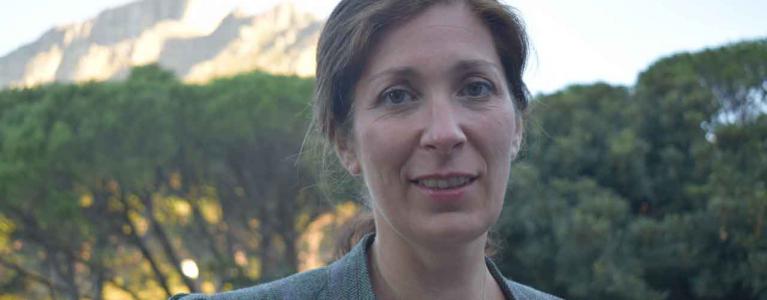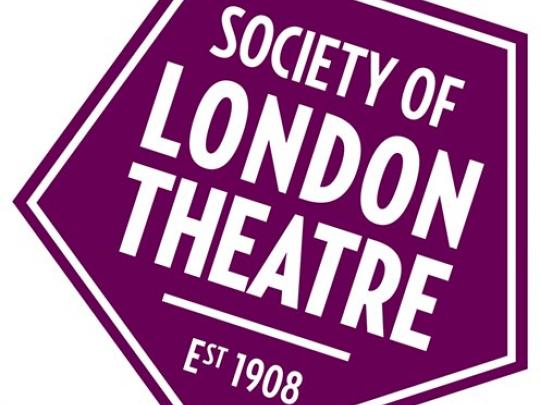
How did you get to be a theatre designer?
I did a foundation in art and design as I knew I wanted to work in that world. It was very helpful in getting to try different things and realise what it is you want to do as a profession. Theatre design involves architecture, costumes, fashion, furniture – it’s multi-layered.
I went on to do a degree in Theatre Design, both set and costumes, at Central St Martins. After graduation, I started assisting other designers and do my own work. A good way in is to start by doing small shows and slowly build up relationships with directors and theatres. You make connections. That’s how I got into it.
What do you do on a day-to-day basis?
There are two different parts to the job. The first is in my studio. It’s where I read scripts and do research for the production.
After I’ve put together my ideas, I meet other members of the creative team, mainly the director but also lighting designer, choreographer. I then make a 1:25 model of the set and technical drawings. Both are passed onto the set builders who build the set. I also do drawings for each costume that needs to be made or bought.
The second part, the production period, is quite different. You’re in a big team in a theatre environment. I go to rehearsals, fit costumes for the actors, check in with the set builders. The last period, the technical rehearsals, can be very intense - it’s when everything comes together.
What’s the best bit about your job?
The thing I love is that you get to create a world out of your own imagination. You can watch your idea become real. That’s quite special.
What’s the worst bit about your job?
The stress and long hours! During the tech period you start at 9am and finish at midnight. There’s also a constant demand on you because for all those different sectors of the theatre you’re the top of the chain. It’s down to you to answer everyone’s questions.
The thing that people don’t really know…
That everything you visually see on stage is usually completely created by the designer. People think it’s written in the text and it mostly isn’t. I always find people are amazed that we make everything before in a model. There’s a dolls house version. People love looking at them as they’re fascinating objects. I keep most of them. Sometimes, years later, you’re asked to show it in an exhibition somewhere.
How could I do what you do?
You should believe in yourself and be able to cope with constant pressure. Also, you need the imagination to visualise a story, be a creator. You need to be very good with people and be a good communicator, diplomatic and organised. You have to manage other people as well as and your own time. It takes a lot of dedication.
What would you say to someone wanting to get into your line of work?
Study theatre design or do something to do with visual arts. Go and see shows and note which designers you like, contact them and see if you can work with them.
People know how hard it is for young designers to break into the industry. You could try being a design assistant in a theatre for a year. I have a lot of assistants and teach them as they go along. Pay in this industry isn’t great, so you need a real passion for it, but there is a lot of reward. I love what I do. Most of the time, I couldn’t think of anything else I’d rather be doing.
In partnership with
